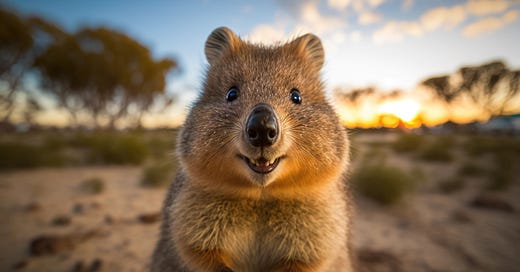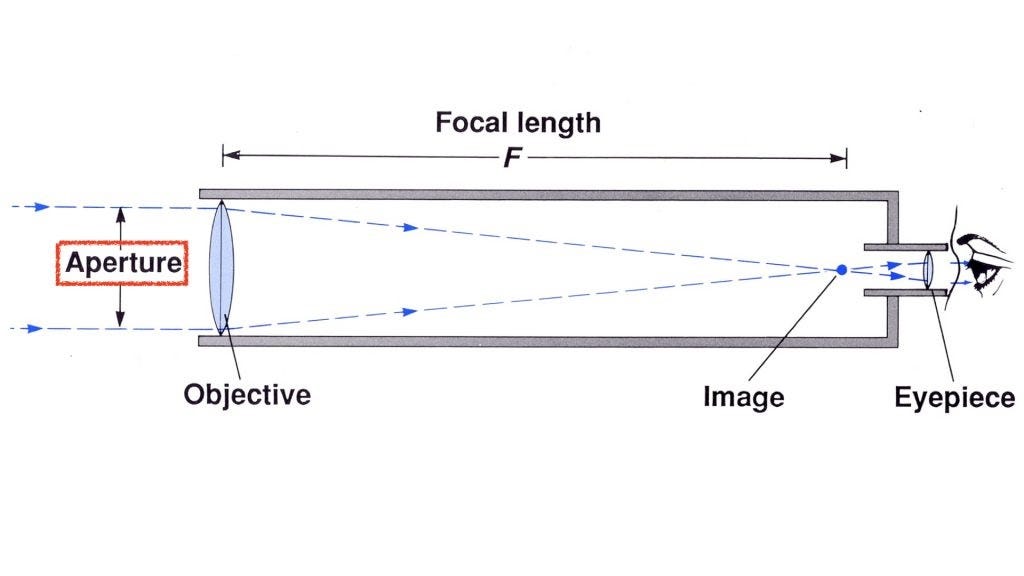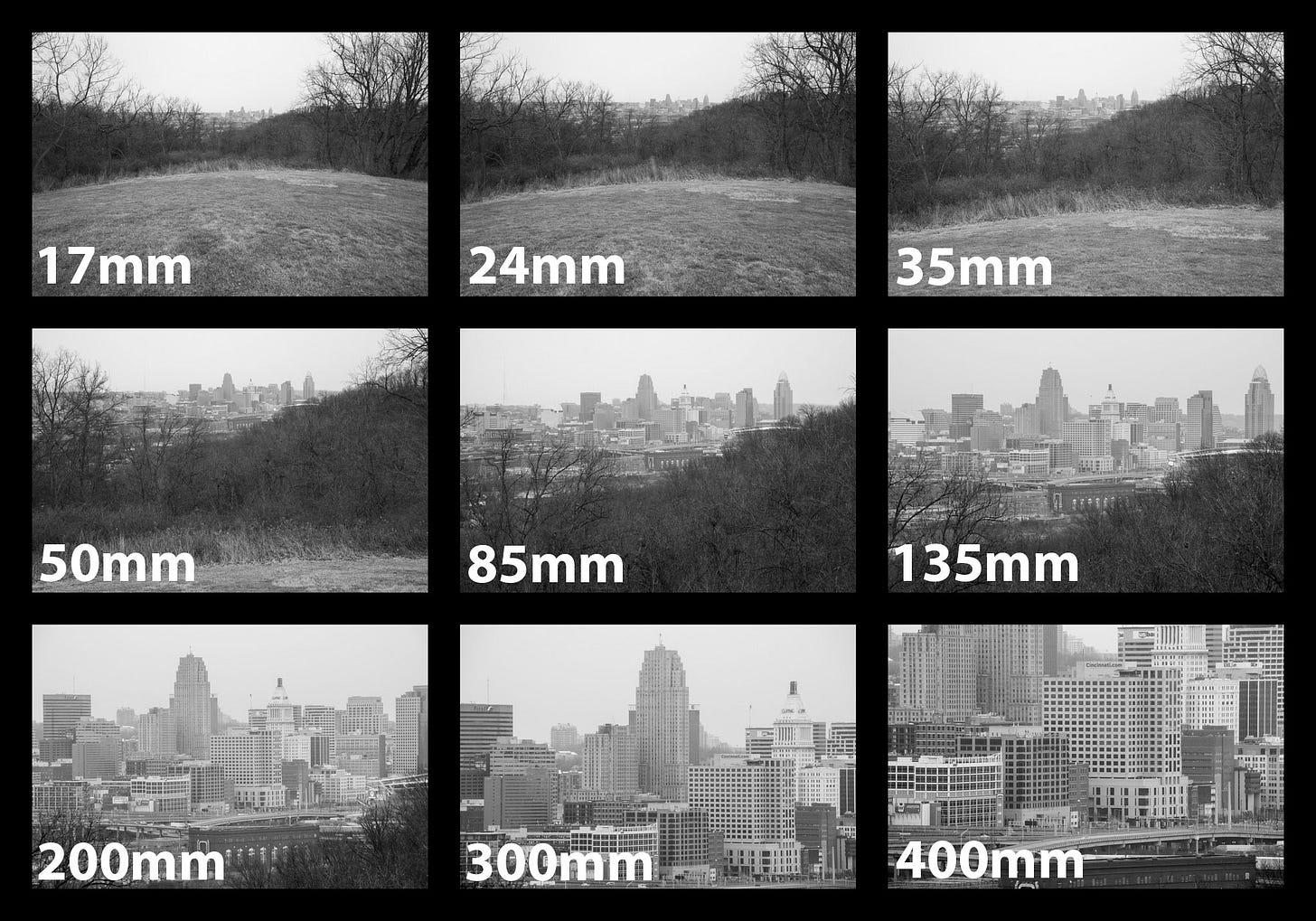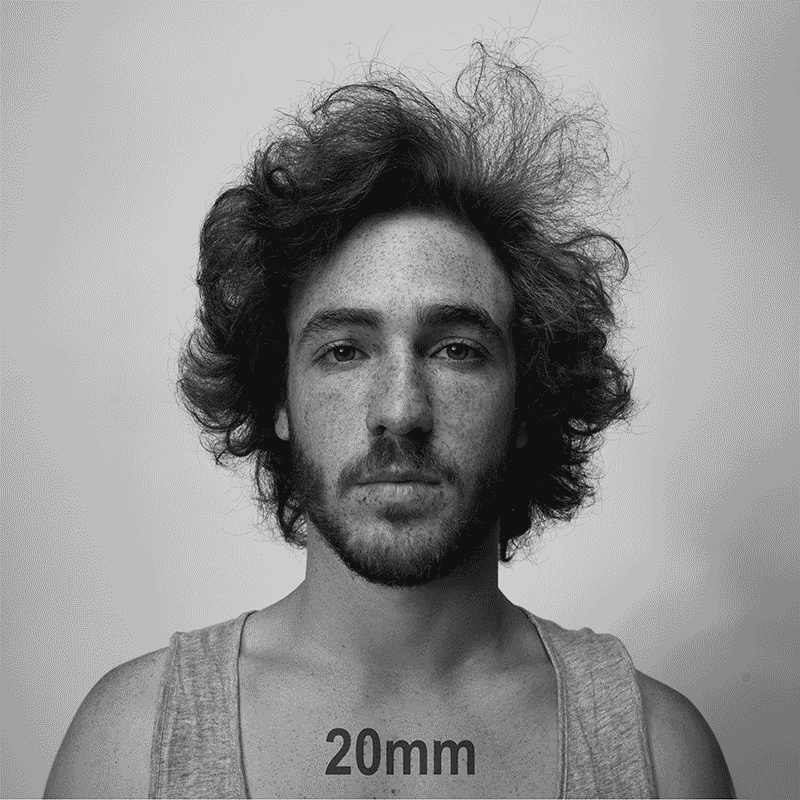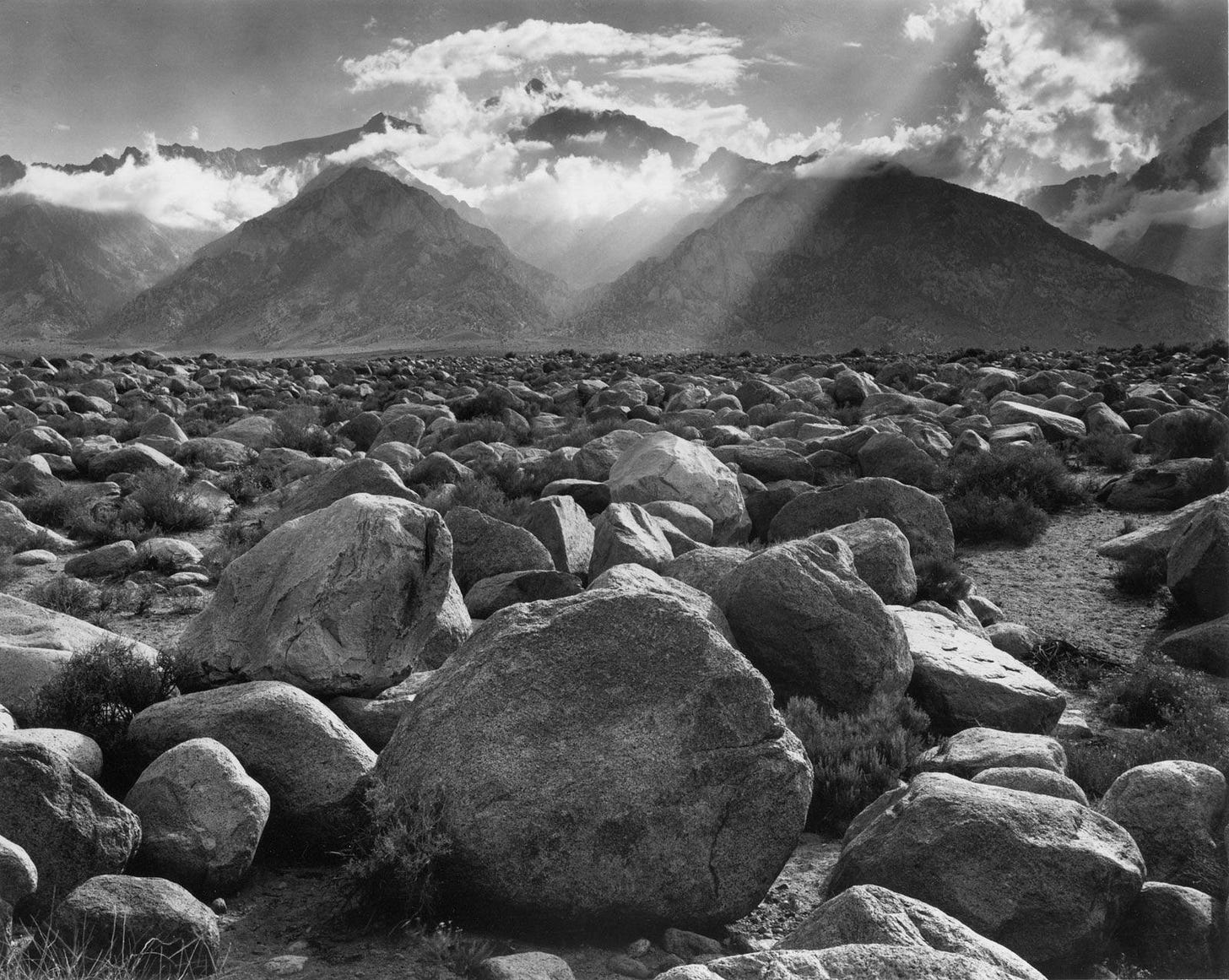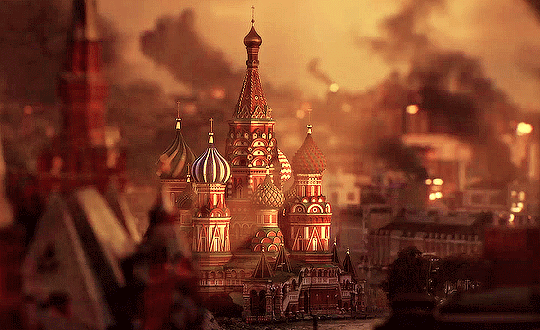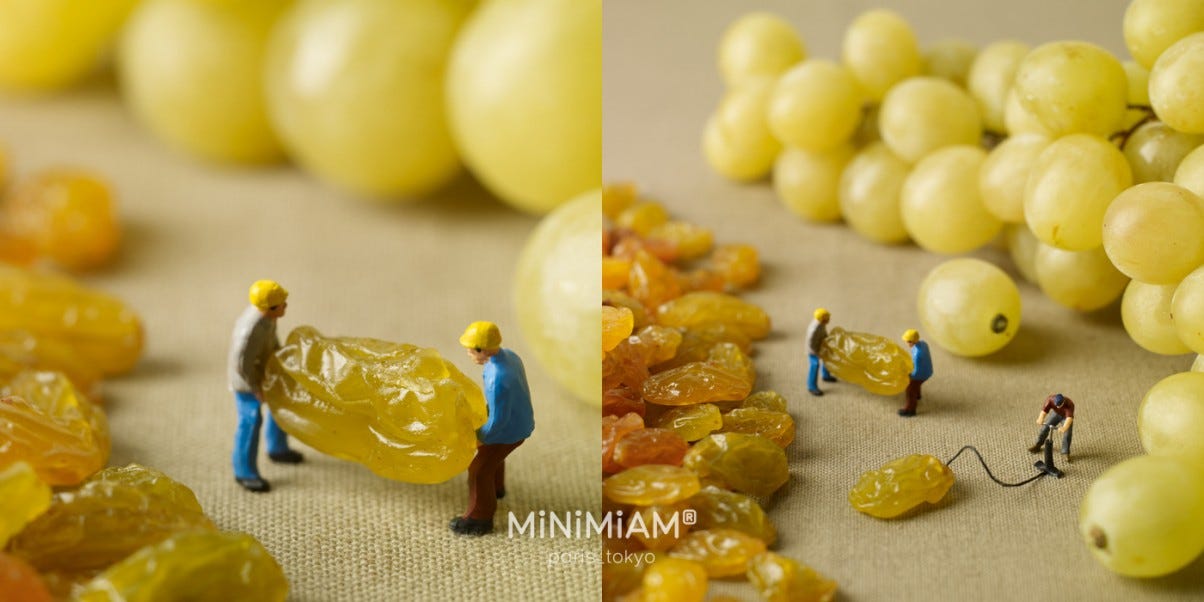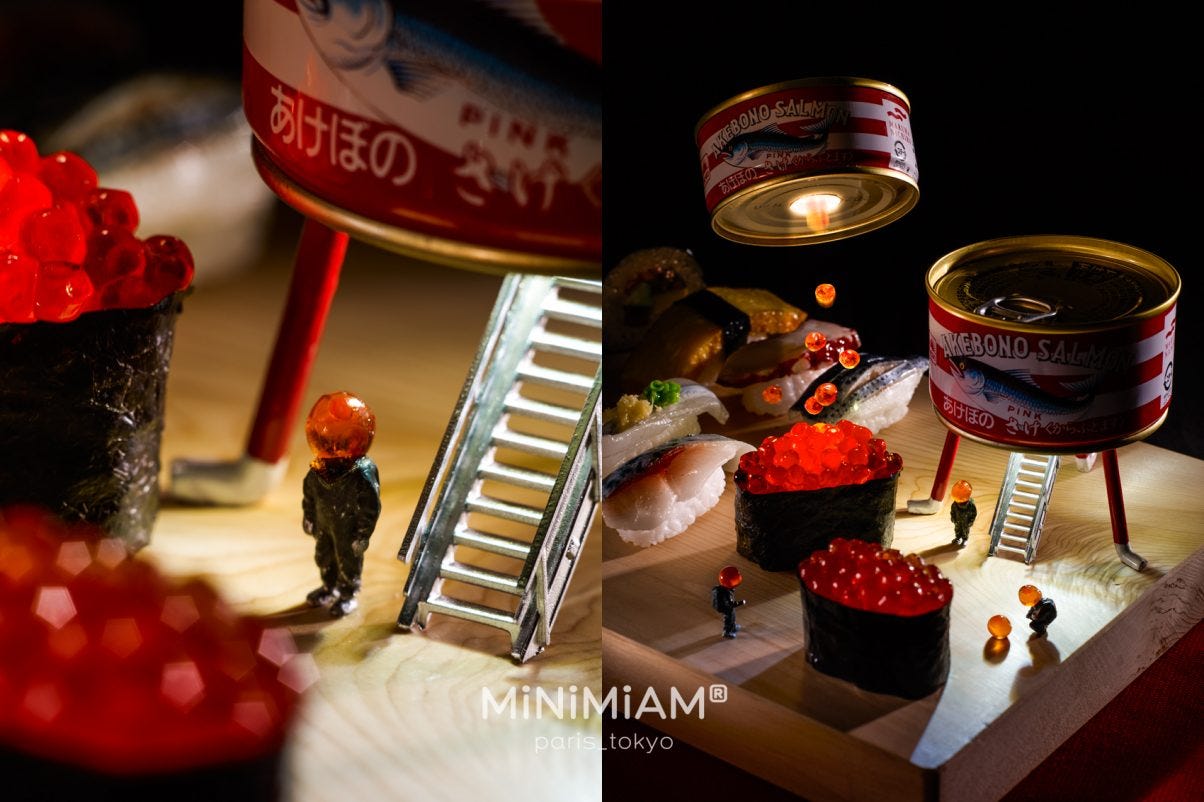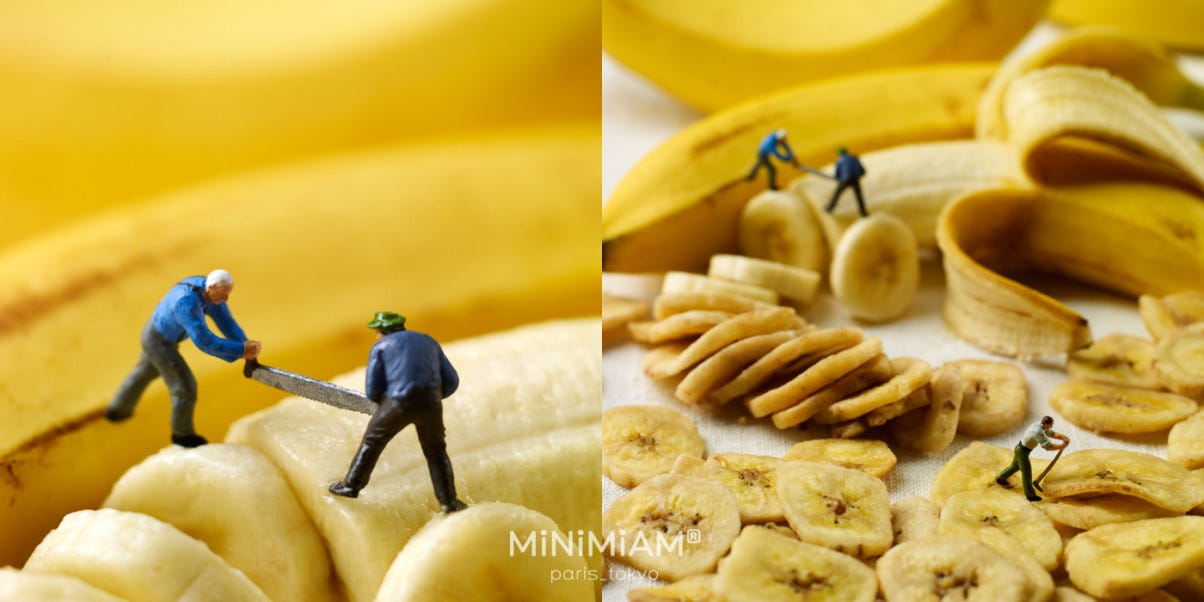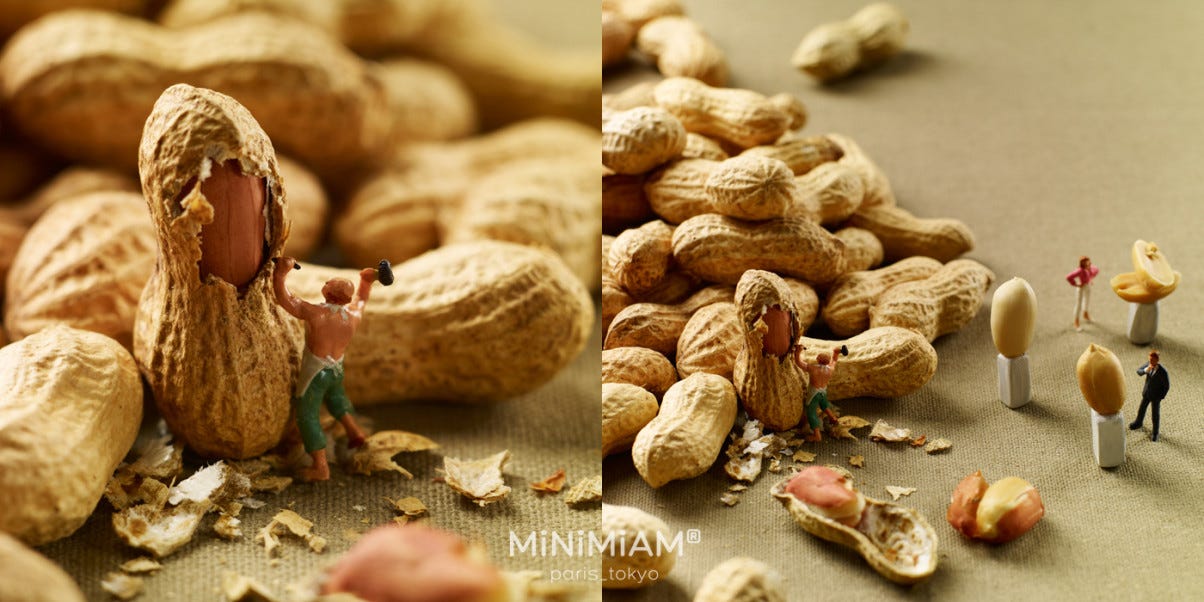Understanding Lenses & Apertures for 3D Artists
The Basics of a Camera Every 3D Artist Should Know
There is a common misconception that the goal of generating a photorealistic 3D image is to replicate things as they truly exist in the world around us.
That simply isn’t true.
The real goal is photorealism, not realism in the strictest sense. We are more concerned with how things are photographed rather than how they naturally exist in the world around us. Photographic images possess nuances and subtle visual cues that must be accurately replicated to create a convincing image.
The Basic Mechanics of Photography
Let's dive into the basic mechanics of photography. When you take a picture with a camera, several important things come into play. First, there's the camera itself, which is essentially a lightproof box with a lens on the front and a light-sensitive component at the back, known as the sensor (or film, in the case of film cameras).
The lens acts as the camera's eye, focusing the light from the scene onto the sensor. When you press the shutter button, the camera's "eye" opens for a brief period. The size of that opening is called the "aperture," which can be likened to the camera's pupil. It controls the amount of light that enters the camera. A wide aperture allows more light in, which is ideal for low-light or nighttime situations. Conversely, a smaller aperture lets in less light, requiring more external light sources to expose an image properly.
So, the camera's lens focuses the light, that light passes through a hole called the aperture, and it’s all collected by the film or sensor in the back of the camera. Easy peasy.
Of course, there's more to a photographic image, such as the shutter speed, film's aspect ratio, film grain, and artifacts resulting from the photographic process. These are topics we can explore in future discussions. For now, let's focus on how two elements, the lens and the aperture, influence the final image.
The Lens’ Impact on Image
The lens plays a significant role in shaping the image. Lenses are labeled with measurements, such as 35mm, 18mm, or 300mm. But what do these numbers mean? Simply put, they indicate the distance between the aperture and the film or sensor. In our example, it represents the distance between our "eye" and the back of the camera. This distance can significantly affect the appearance of the final image.
A wide-angle lens has a short focal length, typically under 40mm. It perceives a wider area than our natural eyes (which are roughly 50mm) and provides a broader field of view. With a wide-angle lens, you can capture expansive landscapes or large groups of people.
On the other hand, a telephoto lens has a longer focal length, typically above 60mm. It zooms in, making subjects appear closer and larger, similar to looking through a telescope or binoculars. Telephoto lenses are great for capturing detailed shots or when you want to photograph subjects that are far away, like animals in nature or soccer players on a field.
The focal length of a camera lens has a significant influence on two important aspects: depth of field and spatial relationships. Depth of field refers to how much of the image appears sharp and in focus, while spatial relationships refer to how objects in the scene appear in relation to each other.
Spatial Relationships
In terms of spatial relationships, the focal length can alter how objects appear relative to each other. A shorter focal length, like a wide-angle lens, tends to exaggerate the perception of distance between objects. Objects closer to the lens appear larger, while those further away seem smaller. This effect can be useful for emphasizing space and creating a dramatic impact in architectural or interior photography.
Conversely, a longer focal length compresses the perception of distance. Objects at different distances from the lens appear relatively closer together. Wildlife and sports photographers often utilize this effect to bring distant subjects closer, making them appear larger and filling the frame.
Depth of Field Blur
Now let's discuss depth of field. Depth of field in photography is about how much of a photo is in focus. It’s a fancy way of saying, the thing I focused on is in focuses while the stuff in front of and behind it is blurry.
Different focal lengths produce varying effects on depth of field. A lens with a shorter focal length, such as a wide-angle lens, typically has a larger depth of field. This means that a greater portion of the scene will be in focus, from the foreground to the background.
On the other hand, lenses with longer focal lengths, like telephoto lenses, tend to have a shallower depth of field. This means that only a specific area of the scene will be in focus, while the rest becomes increasingly blurred.
**Note - The focal lengths above are attributed to standard, 35mm film cameras. I don’t want you hipsters coming at me with your gigantic large-format cameras!!
The Aperature’s Impact on Image
Moving on to the aperture…you remember..that small opening in the camera that allows light to enter and create the image. The size of this opening is denoted by the aperture's f-stop, represented by numbers like f/2.8, f/4, f/5.6, and so on.
The f-stop number represents the ratio of the lens's focal length to the diameter of the aperture. For example, if a lens has a focal length of 50mm and the aperture diameter is 25mm, the f-stop would be f/2, as 50 divided by 25 equals 2.
Here's the important part: the f-stop number affects both the amount of light entering the camera and the depth of field in the resulting image. A smaller f-stop number, like f/2.8, corresponds to a larger aperture, allowing more light to enter and resulting in a brighter exposure. Conversely, a larger f-stop number, such as f/16, indicates a smaller aperture, allowing less light in and resulting in a darker exposure.

How Do Photographers Work With These?
Photographers have become masters of these aesthetic qualities over time, using them to their advantage in various ways. Let's take portrait photography, for example. Telephoto lenses are often employed to isolate the subject from the background, thanks to their higher depth of field blur, which brings the foreground into focus. Moreover, the compressing effect of telephoto lenses can make subjects look more pleasing by minimizing facial features.
Conversely, photographers and filmmakers may utilize wide-angle or fisheye lenses to create an unconventional or exaggerated look for a character or scene. They play with the audience's expectations, employing these lenses to tell their stories effectively.

When thinking of environmental photography, one might imagine the iconic works of Ansel Adams. Adams was a renowned American photographer known for his meticulous craftsmanship and stunning black-and-white landscape photographs. He co-founded the f/64 Group in 1932 (based on the name of the smallest used aperture). This group, as the name would suggest, prioritized sharpness, clarity, and capturing the beauty of nature.
And then there's tilt-shift photography, which is the 100% opposite of Adams’ work. Tilt-shift photography is a technique that creates a unique visual effect often referred to as the "miniature" or "toy" effect. It involves using specialized lenses or post-processing techniques to increase the blurry parts of an image while keeping a small portion in sharp focus. This selective focus creates the illusion of miniaturization, making real-life scenes appear like miniature models.
What Does This Have to Do With 3D?
Well, in the examples abobe, photographers have demonstrated how to utilize the visual effects of the aperture and lens to craft a unique images. 3
3D Artists can do the same thing. But we don’t have the physics of the natural world holding us back.
This freedom, though exciting, can also be a challenge. If a newer artist creates a render of a vast environment with a high depth of field blur, it will have a tilt-shift effect and the scene appear miniature even though the new artist didn’t want that. Then, this artist will look at the image and just think it looks tiny without understanding why it appears that way.
But with a deeper understanding, this freedom can be harnessed to enhance storytelling. The tilt-shift aesthetic can be employed in 3D to support a narrative, as demonstrated brilliantly in the series Love, Death & Robots (Tweet with full breakdown here.)
So the next time you are creating a scene in 3D, think about the lens you are using and how it can compress or expand the space. Think about how it combines with the aperture to impact the depth of field. Then think is that the style you are trying to convey or not. And adjust accordingly. Having this knowledge and skill to effectively manipulate our scenes will pay huge dividends as we make our way down the path to a final image.
3D News of the Week
A roundup of interesting 3D related news you may have missed this week.
The Next Big Step: Grease Pencil 3.0 - blender.org
Go Inside ‘Guardians of the Galaxy Vol.3’ Orgoscope - beforesandafters.com
Magic Nodes: node-based compositing in After Effects - CGChannel.com
Capture Your Photoshop Workflow in One Click with BreakDown Plugin - 80.lv
Polycam gets new AI-based 360 Capture system - CGChannel.com
A slim and light Quest 3 with ringless controllers revealed in hands-on preview - mixed-news.com
Artist of the Week
A collaboration project between Pierre Javelle and Akiko Ida. This work always makes me smile and I thought it was perfect for this article.
3D Tutorials
A few years ago, I created a video on this topic for the online school I help co-found called the Academy of Animated Art. I thought this would be a good add-on to the above article.
3D Job Spreadsheet
Link to Google Doc With A TON of Jobs in Animation (not operated by me)
Michael Tanzillo has been a Senior Artist on animated films at Blue Sky Studios/Disney with credits including three Ice Age movies, two Rios, Peanuts, Ferdinand, Spies in Disguise, and Epic. Currently, Michael is a Head of Technical Artists with the Substance 3D Growth team at Adobe.
In addition to his work as an artist, Michael is the Co-Author of the book Lighting for Animation: The Visual Art of Storytelling and the Co-Founder of The Academy of Animated Art, an online school that has helped hundreds of artists around the world begin careers in Animation, Visual Effects, and Digital Imaging.
www.michaeltanzillo.com
Free 3D Tutorials on the Michael Tanzillo YouTube Channel
Thanks for reading The 3D Artist! Subscribe for free to receive new posts and support my work. All views and opinions are my own!


